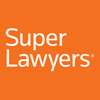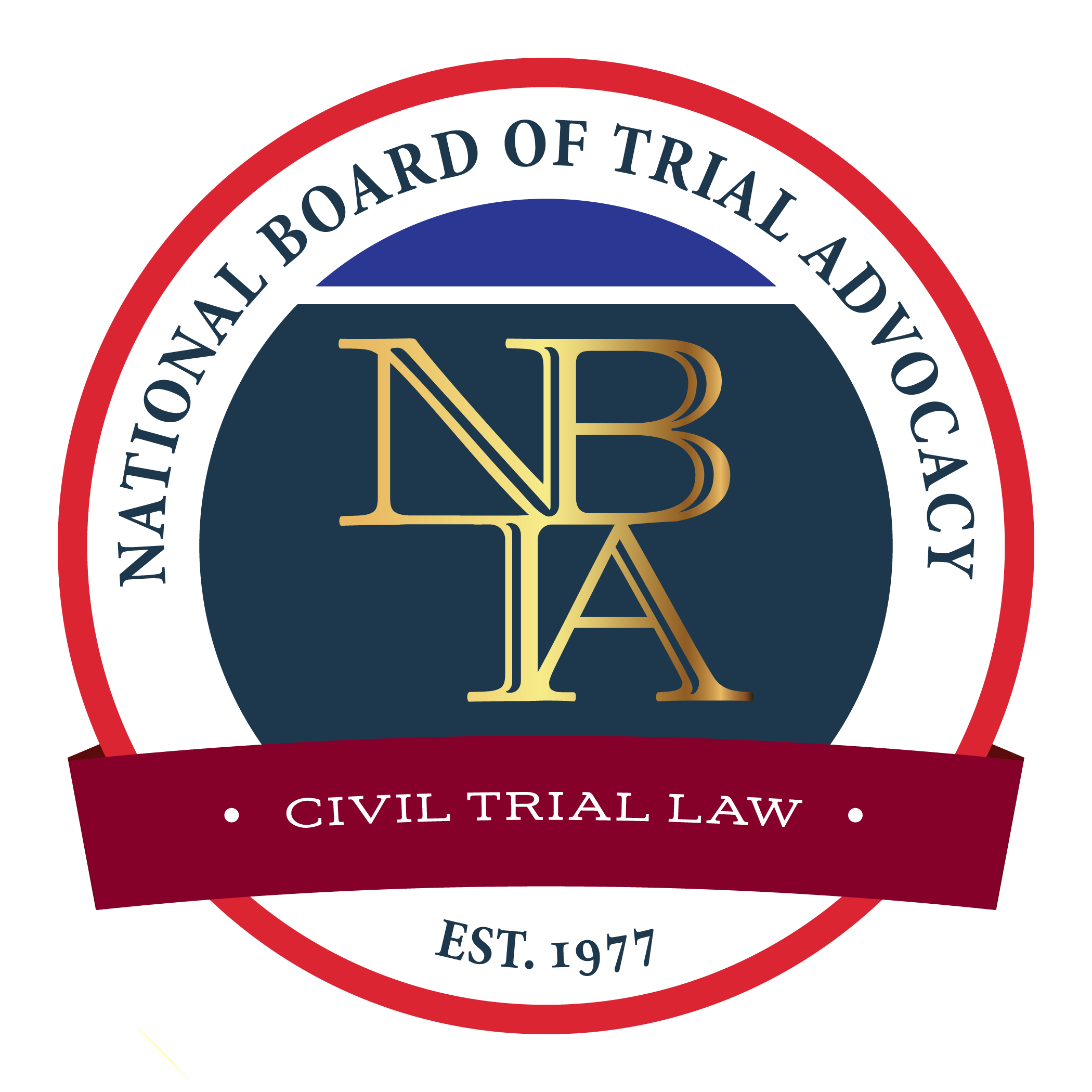- Free Consultation: (860) 754-3222 Tap to Call
Who is At Fault in Causing My Collision?
Accidents happen fast. Sometimes, it is obvious who is at fault for causing a collision, especially when a driver runs a red light or rear ends the car stopped ahead of them in traffic. But, in other circumstances, who is at fault may be less obvious or the people in the collision may disagree – each thinks the other is in the wrong. Calling a Connecticut accident attorney right away is the best way to determine fault for three reasons: 1) a good lawyer will ensure that all essential evidence is persevered; 2) a lawyer knows the relevant statutory and common laws that could be applicable to your collision; and, 3) a lawyer will apply the law to fight for you, and the sooner they have an opportunity to do that, the less ammunition the insurance company will have against your case.
One important piece of information that most people are surprised to hear is that a Police Officer’s conclusion of fault, i.e. whether they issue a ticket, is usually not admissible evidence in a personal injury case. That means, the judge and jury never hear if a ticket was issued on scene. Thus, it is so important to get an attorney involved in a disputed liability incident so they can preserve evidence that can help prove your case.
Preservation of Evidence
When fault is unclear or in dispute, it is of the utmost importance that any and all evidence is preserved and that you do not hurt your own case. Depending on when, where, and how the collision occurs, there could be a variety of relevant evidence to preserve, most of which is impacted by the passage of time. Not only will a competent attorney secure photographs of the vehicles and scene of a collision, but they will also explore a myriad of other types of evidence that may need to be secured and preserved.
Video Footage
Securing video footage can be pivotal in erasing all doubt of fault. Video evidence can come from local businesses with surveillance, nearby homes with Rings or similar devices, police body and dash cam, the dash cams of other vehicles on the roadway, and a variety of other sources.
Witness Statements
Witness testimony is critical in determining fault, as non-biased, uninvolved parties are often seen as more trustworthy than the opinions of those involved in the collision itself. Attorneys may attempt to contact witnesses to the incident to understand their perception of the incident. If the witness is difficult to locate, they may hire a private investigator to take a recorded statement of the witness to preserve their testimony as to what they witness.
Statements
“What you say can be used against you in a court of law.” While this quote is attributable to Miranda rights in criminal cases, it still rings true in civil cases. In addition to obtaining the police report, lawyers might try to secure 911 calls to hear what involved parties and witnesses reported in the moments after the collision.
Measurements
If you are involved in a collision that involves significant injury and fault is unclear or in dispute, your attorney might hire an expert to conduct an “accident reconstruction.” Reconstructions are most commonly performed by engineers who have special certification in accident reconstruction. An accident reconstruction is used to further determine fault to some level of mathematical certainty. The most effective accident reconstructions come from cases where attorneys are retained quickly and can obtain the measurements in the roadway on scene of the accident that will be used by the engineer.
Many Other Types of Evidence
Dozens of other types of evidence exist that a lawyer will try to preserve and secure if a collision occurs, especially if fault is in dispute. These include but are not limited to: potential product defects, evidence of unsafe roadway conditions, cell phone records, medical records pertaining to blood alcohol content, illicit drug use, and medical emergency, and much, much more.
Statutory vs. Common Law
While fault might seem like a commonsense concept, it is actually a very complicated question for the fact finder. In Connecticut, two types of laws can be applied to determine fault, statutory law and common law.
Statutory law is legislation codified by our State government. These laws include obvious rules including that a driver must stop in obedience to red lights and stop signs, but there are dozens of laws that you may not even know exist. Laws from who has the right of way when a vehicle is leaving a private driveway, to rules and regulations regarding school buses, to a driver’s duty to exercise due care to avoid pedestrians — Connecticut car accident attorneys like ACK Injury Law can apply these laws to help you prove you were not at fault.
Common law is law created from past court cases by judges. These laws are not specifically listed nor enacted by a governing body, but they are laws established by the courts. Concepts including the requirement to keep a proper lookout and keeping control of your vehicle are examples of common laws in the State of Connecticut.
ACK Injury Law Will Fight For You
If you have been injured in an accident, call ACK Injury Law, where we will fight for you. We will assess what evidence exists, secure that evidence, and use it in conjunction with statutory and common law to make sure that the jury finds the other party at fault to the best of our ability. Call us today to discuss your case.












